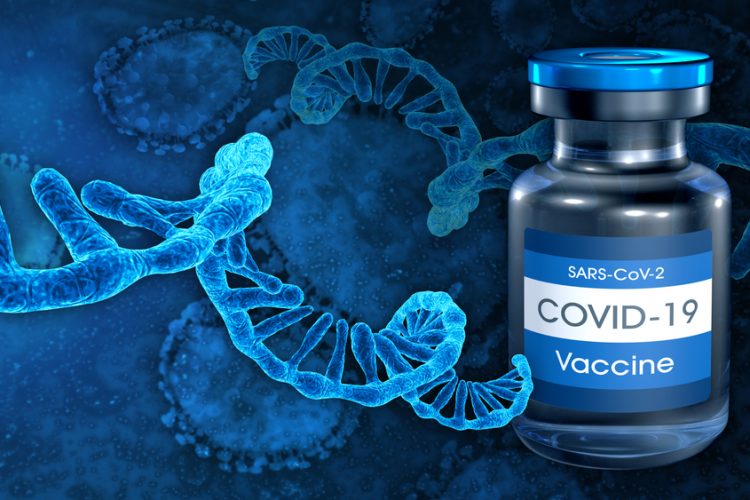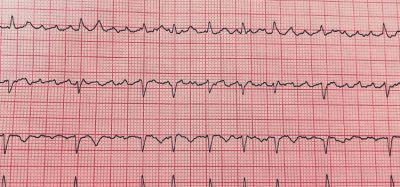Pharmacovigilance Risk Assessment Committee (PRAC) meeting highlights, Dec 2021
Posted: 7 December 2021 | Anna Begley (European Pharmaceutical Review) | No comments yet
EMA’s drug safety committee (PRAC) confirmed the risks of myocarditis and pericarditis with COVID-19 messenger RNA (mRNA) vaccines.


In their latest meeting, the European Medicine Agency (EMA)’s Pharmacovigilance Risk Assessment Committee (PRAC) provided an update on the risk of myocarditis and pericarditis with messenger RNA (mRNA) vaccines.
EMA’s safety committee has assessed recent data on the known risk of myocarditis and pericarditis following vaccination with COVID-19 vaccines Comirnaty® and Spikevax . The review included two large European epidemiological studies. One study was conducted using data from the French national health system (Epi-phare) and the other one was based on Nordic registry data.
Overall, EMA stated, the outcome of the review confirms the risk of myocarditis and pericarditis, which is already reflected in the product information for these two vaccines, and provides further details on these two conditions.
Based on the reviewed data, the PRAC has determined that the risk for both of these conditions is overall “very rare”, meaning that up to one in 10,000 vaccinated people may be affected. In addition, the data show that the increased risk of myocarditis after vaccination is highest in younger males. The PRAC has recommended updating the product information accordingly.
According to EMA, myocarditis and pericarditis can develop within just a few days after vaccination, and have primarily occurred within 14 days. They have more often been observed after the second vaccination. The French and Nordic studies provided estimates of the number of extra cases of myocarditis in younger males following the second dose, compared to unexposed persons of the same age and gender.
For Comirnaty, the French study shows that, in a period of seven days after the second dose, there were about 0.26 extra cases of myocarditis in 12- to 29-year-old males per 10,000 compared to unexposed persons. In the Nordic study, in a period of 28 days after the second dose, there were 0.57 extra cases of myocarditis in 16- to 24-year-old males per 10,000 compared to unexposed persons.
In the case of Spikevax, the French study showed that in a period of seven days after the second dose there were about 1.3 extra cases of myocarditis in 12- to 29-year-old males per 10,000 compared to unexposed persons. The Nordic study shows that in a period of 28 days after the second dose of Spikevax there were around 1.9 extra cases of myocarditis in 16- to 24-year-old males per 10,000 compared to unexposed persons.
EMA added that it will continue to closely monitor this issue and will communicate further when new information becomes available. EMA also confirmed that the benefits of all authorised COVID-19 vaccines continue to outweigh their risks, given the risk of COVID-19 illness and related complications, and as scientific evidence shows that they reduce deaths and hospitalisations due to COVID-19.
Related topics
Biopharmaceuticals, Data Analysis, Drug Safety, mRNA, Regulation & Legislation, Vaccines
Related organisations
European Medicines Agency (EMA), Pharmacovigilance Risk Assessment Committee (PRAC)









